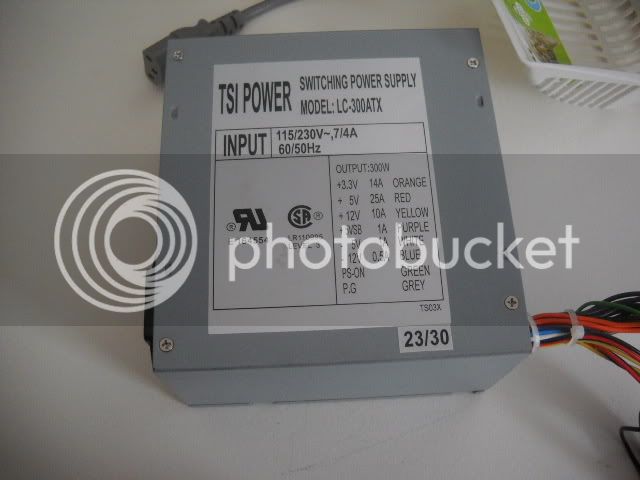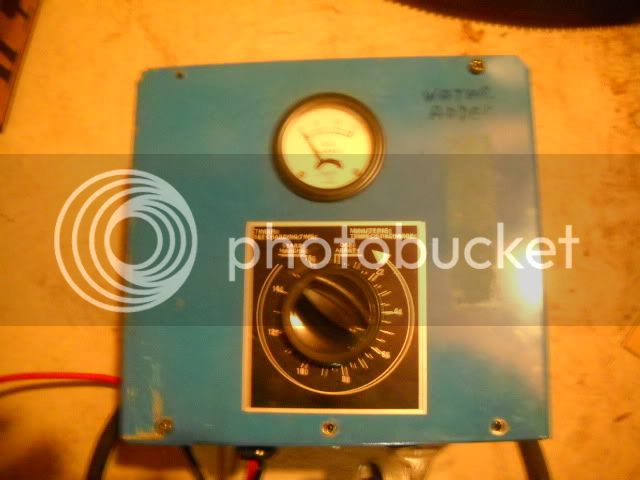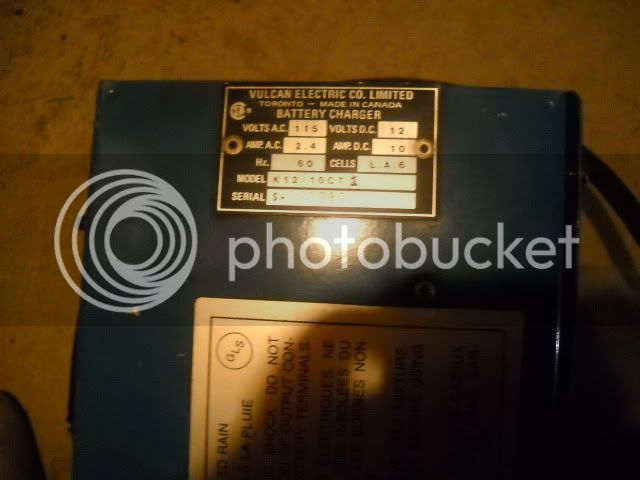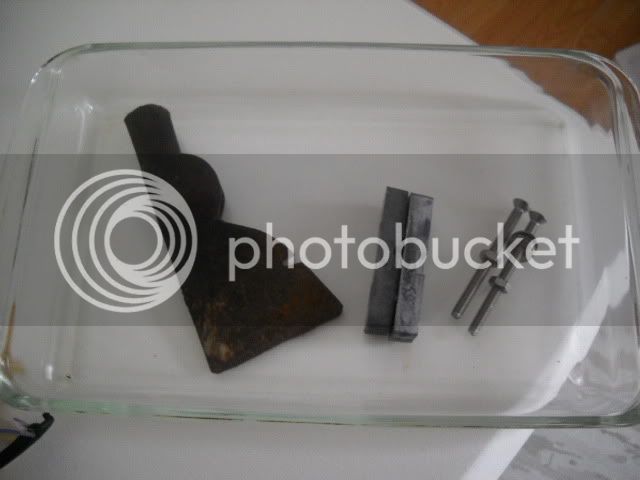I am looking for your expert advice as I have a few choices to make and would as for help in making them. I am going to get a gold stripping cell going and I seem to have too much stuff to choose from. First I have 2 power supplies, neither one meets the recommended requirements as per hundreds of forum posts, but I hope either or both will do with one preferable to the other. The first is a typical PC power supply using the 12 volt 10 amp rail or the 3.3 volt 14 amp rail.

Or I have an industrial battery charger with a 12 volt 10 amp rating, This one has an amp meter and a timer.


Will either or neither of these work? Which would be better for a 1 liter cell.
Next, I have a choice for cathode, a small hatchet head or some lumps that I think are lead ( these are weights out of old phone handsets and bases, heavy like lead, but may be an alloy)

Will either work? Which would be better keeping in mind the lead slugs may be an alloy?
Thanks to Steve, (Props for the excellent videos) I have the copper mesh and I will use the pyrex dish in the photo. I have sulfuric and a whack of plated Jewelry I would like to process.
Any input would be much appreciated. Thanks.

Or I have an industrial battery charger with a 12 volt 10 amp rating, This one has an amp meter and a timer.


Will either or neither of these work? Which would be better for a 1 liter cell.
Next, I have a choice for cathode, a small hatchet head or some lumps that I think are lead ( these are weights out of old phone handsets and bases, heavy like lead, but may be an alloy)

Will either work? Which would be better keeping in mind the lead slugs may be an alloy?
Thanks to Steve, (Props for the excellent videos) I have the copper mesh and I will use the pyrex dish in the photo. I have sulfuric and a whack of plated Jewelry I would like to process.
Any input would be much appreciated. Thanks.
















































